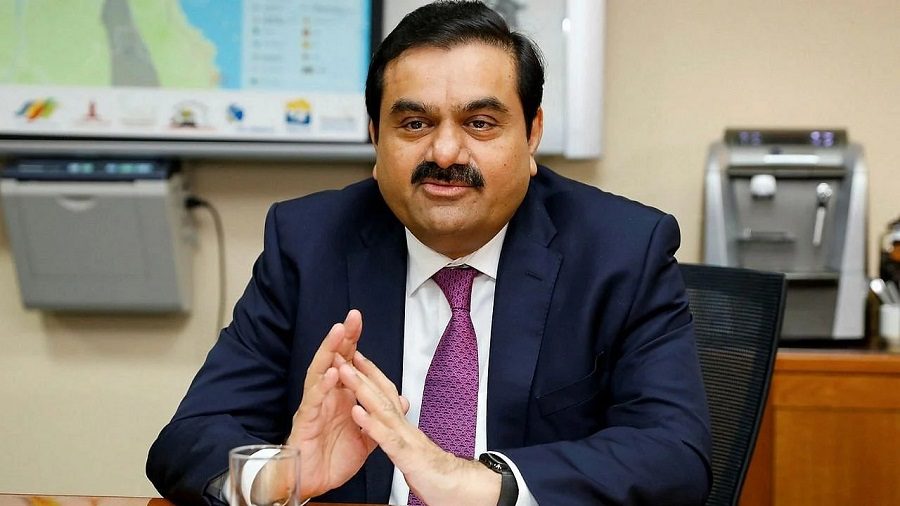The Adani Group has officially announced a large-scale battery energy storage system (BESS) project at its Khavda renewable park in Gujarat. The project will have a capacity of 1,126 MW power rating and 3,530 MWh storage (i.e., enough to supply 1,126 MW for about 3 hours) and is slated for commissioning by March 2026. It will involve over 700 BESS containers on-site.
This scale makes it the largest battery storage installation planned in India and among the largest single-location BESS deployments globally.
Why this matters
- Grid stability & renewable integration: With large amounts of solar and wind power integrated at Khavda, a big storage system is essential to smooth out intermittency, manage peak loads and shift power to times of need.
- India’s net-zero & low-carbon push: Energy storage is a critical enabler of the clean-energy transition; the project aligns with India’s goals of increasing renewables and reducing fossil reliance.
- Infrastructure leadership: By deploying such scale first, Adani positions itself as a leader in utility-scale storage, not just generation.
- Economies of scale & technology demonstration: A project this large provides a reference point for future BESS deployments in India and the region; technology, procurement, logistics and operations all get tested.
Key details to know
- Location: Khavda, Gujarat (within the larger renewable energy park being developed by Adani).
- Capacity: 1,126 MW / 3,530 MWh.
- Timeline: Commissioning by March 2026.
- Technology & scale: More than 700 battery containers; advanced lithium-ion technology combined with energy-management systems.
Challenges & things to watch
- Execution risk: Projects of this magnitude bring supply-chain, logistics, commissioning and technology integration risks—especially for a first-of-its-kind large-scale BESS in India.
- Cost & economics: Battery storage remains expensive at scale; how quickly costs fall and how revenues (from grid services, storage, arbitrage) materialise will matter.
- Regulatory & grid integration: The project’s success depends on transmission infrastructure, regulatory support, grid-access agreements and how well renewables + storage link with the rest of the system.
- Technology lifetime & maintenance: Large-scale storage demands robust operations over many years; degradation, replacement costs, disposal/recycling of batteries are important.
- Competition & scale-up: While this is a big first step, many other players (including pumped hydro storage, other BESS projects) are competing; Adani’s ability to scale further will be key.
What this could mean for the future
- Expect similar large-scale BESS projects being announced in India, especially as renewable capacity grows and storage becomes critical for reliability.
- Adani may leverage this project as a base for further battery-manufacturing, storage-services business, or export of expertise.
- The project may unlock new revenue streams such as grid-services, energy-arbitrage, ancillary-services markets in India.
- It could drive cost-reductions in BESS in India, making utility-scale storage more viable and accelerating the renewable transition.
Final word
The Adani Group’s announcement to build a 1,126 MW/3,530 MWh battery storage system is a landmark moment for India’s clean-energy infrastructure. It signals the shift from generation-only renewables to integrated renewables + storage solutions. Execution will be key—but if successful, it could set a new benchmark in the country and contribute significantly to India’s energy-transition goals.


